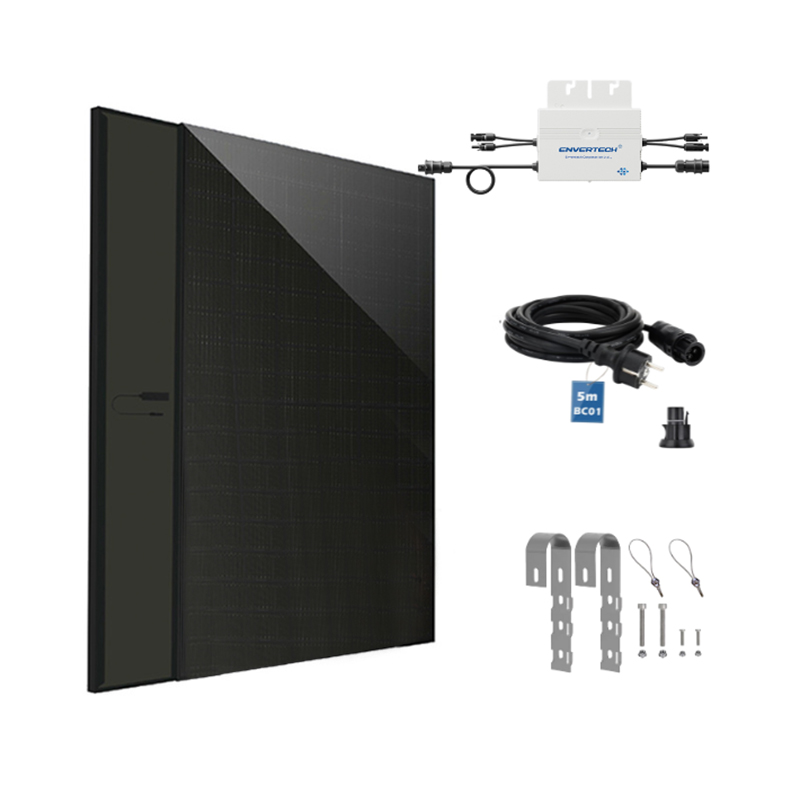-
 FAST SHIPPING
FAST SHIPPING
-
 COMPETITIVE PRICE
COMPETITIVE PRICE
-
 EXCELLENT AFTER-SERVICE
EXCELLENT AFTER-SERVICE
- Home
- Products
- PV Panel
- Full Black Solar PV Modules TP 410W
- Full Black Bifacial Solar PV Modules 420W
- Full Black Solar PV Modules TP 430W
- Solar Module 550W
- Flexible Solar Module 375W
- LONGi-LR5-72HTH-565W Silver Frame Solar Panel
- SUNTECH-STP420S-420W Full Black Solar Panel
- JASolar 435W JAM54D41 Full Black Bifacial Glass Solar Panel
- TW SOLAR 610W MNH66HD Bifacial Solar Panel
- Jinko 620W 66HL4M-BDV Bifacial Solar Panel
- Solar Inverter
- Solar Storage Battery
- Residential Photovoltaic Kits
- Solar Panel Brackets
- Balcony/Garden Photovoltaic Kits
- Outdoor Power Station
- EV charging pile
- Photovoltaic Accessory
- C&I ESS Solution
- PV Panel
- About Us
- News & Events
- Contact Us
Web Menu
- Home
- Products
- PV Panel
- Full Black Solar PV Modules TP 410W
- Full Black Bifacial Solar PV Modules 420W
- Full Black Solar PV Modules TP 430W
- Solar Module 550W
- Flexible Solar Module 375W
- LONGi-LR5-72HTH-565W Silver Frame Solar Panel
- SUNTECH-STP420S-420W Full Black Solar Panel
- JASolar 435W JAM54D41 Full Black Bifacial Glass Solar Panel
- TW SOLAR 610W MNH66HD Bifacial Solar Panel
- Jinko 620W 66HL4M-BDV Bifacial Solar Panel
- Solar Inverter
- Solar Storage Battery
- Residential Photovoltaic Kits
- Solar Panel Brackets
- Balcony/Garden Photovoltaic Kits
- Outdoor Power Station
- EV charging pile
- Photovoltaic Accessory
- C&I ESS Solution
- PV Panel
- About Us
- News & Events
- Contact Us
Product Search
Exit Menu
Product categories
News categories
RECENT POSTS
-
Why Thermal Management Is the Unsung Hero of High-Power EV Charging Pile Performance
Apr 28,2025 -
How Power Electronics Are Shaping the Performance and Efficiency of Modern EV Charging Piles
Apr 23,2025 -
Lietuva investuoja į tvarumą: 15 mln. eurų parama atokiems saulės energijos parkams plėtoti
Apr 21,2025 -
Lithuanian Government Introduces €15 Million Scheme to Support the Development of Remote Solar Power Plants
Apr 21,2025 -
Atnaujintos paramos sąlygos saulės elektrinėms: virš 50 mln. Eur kvietimai jau vasario pabaigoje
Apr 21,2025
Essential Safety Tips for Installing Your Balcony Solar Kit
Installing a balcony solar kit can be an exciting step toward harnessing renewable energy, but safety should always come first. As you prepare to set up your plug-and-play solar system, it’s crucial to consider several safety precautions, especially regarding the electrical components involved. First and foremost, before you even begin installation, familiarize yourself with the product manual. This guide contains vital information about the components, installation procedures, and safety guidelines. Understanding the specifics of your solar panel, micro-inverter, and bracket will provide you with a solid foundation to work from, helping to mitigate risks during the process.
One of the key aspects to consider is the condition of your balcony or installation surface. Ensure that it can support the weight of the solar panel and mounting equipment, as improper support can lead to accidents. Before installation, inspect for any loose or damaged materials that could pose a risk. If your balcony is made of wood, check for rot or weakness. For concrete or metal surfaces, ensure they are stable and free of debris. A secure foundation is not only vital for the longevity of the solar kit but also critical for your safety during and after installation.

When working with electrical components, it’s essential to prioritize personal safety. Always wear appropriate personal protective equipment (PPE), such as gloves and safety glasses, to protect against electrical shocks and potential injuries from sharp edges or tools. Additionally, it’s wise to turn off the electrical circuit in the area where you’ll be working, particularly if your kit will connect to existing electrical systems. This simple precaution can prevent accidental shocks while you're handling wiring and connections.
Furthermore, be cautious with the micro-inverter, as this component plays a crucial role in converting the direct current (DC) produced by the solar panel into alternating current (AC) for household use. Ensure that all connections are secure and properly insulated to prevent short circuits or electrical fires. Using waterproof connectors is also advisable, especially if your balcony is exposed to the elements. Moisture can cause serious damage to electrical components, leading to malfunctions or hazardous situations.
Once installation is complete, ongoing maintenance is equally important for safety. Regularly inspect your balcony solar kit for signs of wear, loose connections, or damage, especially after severe weather. Keeping the system clean and free of debris not only optimizes performance but also helps prevent potential safety hazards. If you ever encounter issues that seem beyond your expertise, don't hesitate to consult a professional electrician or solar installer. It's better to seek help than to risk your safety attempting repairs on your own.
While a balcony solar kit offers an exciting opportunity to generate clean energy, safety should always be your top priority. By taking the time to understand your system, ensuring proper installation, and maintaining vigilance during use, you can enjoy the benefits of solar power without compromising your well-being. Embrace this sustainable step with confidence, knowing you’ve taken the necessary precautions to protect yourself and your home.
←
How Long Do Solar Panel Mounting Brackets Last, and Do They Need Maintenance?
→
Folding Solar Panels: A Smart Investment for the Future
related products
 +39 3444606026
+39 3444606026 [email protected]
[email protected] De Werf 11, 2544 EH The Hague, The Nederland.
De Werf 11, 2544 EH The Hague, The Nederland. WhatsApp: +1 (917) 257 2995
WhatsApp: +1 (917) 257 2995
Copyright © 2023 Uni Z International B.V. VAT: NL864303440B01 All Rights Reserved



 0
0


 italiano
italiano Polskie
Polskie Nederlands
Nederlands Deutsch
Deutsch Français
Français Español
Español Український
Український











